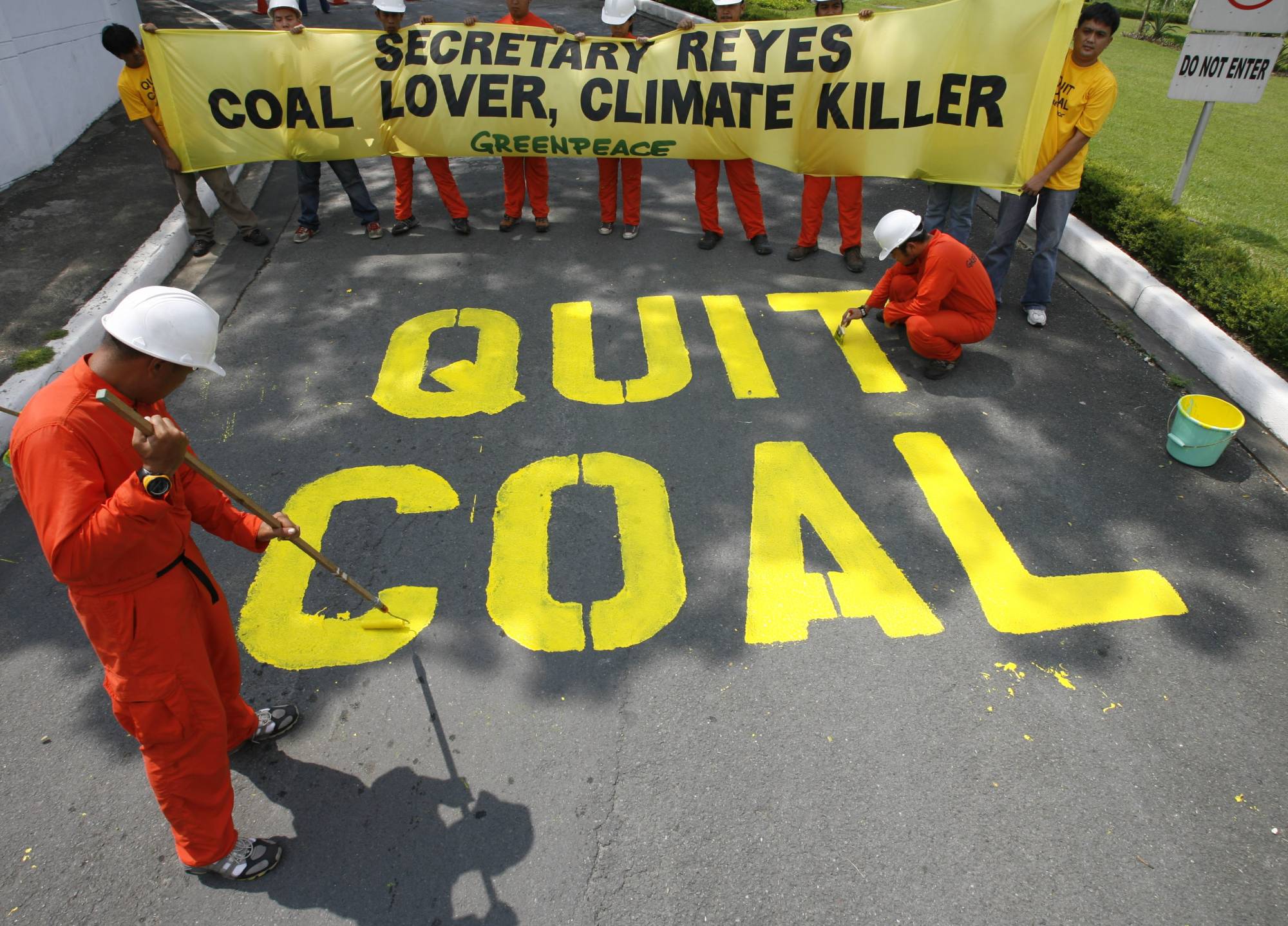High inflation, rising interest rates, falling currencies and volatile energy prices, together with an economic slowdown and post-pandemic budget woes, may increase pressure on the ASEAN+3 — the 10 members of the Association of Southeast Asian Nations, together with China, Japan and South Korea — to scale back efforts to mitigate climate risk.
While this policy shift may make fiscal sense, it is a mistake that could have grave repercussions for the region and ultimately lead to slower economic growth and greater financial instability.
If not addressed, the risks climate change poses to ASEAN+3 countries could have far-reaching implications for the region’s agricultural production, water availability, energy security, transport and infrastructure, tourism industries and coastal resources. Over the past two years, flooding, cyclones, droughts, rising sea levels and landslides have become an increasingly frequent feature of life. Myanmar, the Philippines, Vietnam and Thailand are among the world’s 10 most climate-vulnerable countries, having suffered some of the most fatalities and highest economic losses from weather-related disasters between 1999 and 2018.



